Table of Contents
Oil pressure low stop engine warning
Low Oil Pressure stop engine is a critical dashboard warning that should never be ignored. When this alert appears, it means the oil pump is not maintaining adequate pressure to lubricate vital engine components, putting the crankshaft, camshafts, and bearings at immediate risk of damage.
Continuing to drive even a short distance can result in catastrophic engine failure.

Oil pressure low warning can be caused by several issues, including
Insufficient Oil Level
One of the most common causes of low oil pressure is an insufficient amount of oil in the engine. This can be due to leaks, which might result from worn gaskets, seals, or cracks in the engine block. Regularly checking and maintaining the correct oil level is essential for preventing this issue.
Oil Pump Failure
The oil pump plays a vital role in circulating oil throughout the engine. If the pump fails or malfunctions, it can lead to inadequate oil flow, resulting in low oil pressure. Symptoms of oil pump failure include unusual noise from the engine and the oil pressure warning light. Regular maintenance and prompt attention to abnormal sounds can help identify oil pump issues early.
Clogged Oil Filter
The oil filter is responsible for removing contaminants from the oil before it circulates through the engine. A clogged oil filter can restrict oil flow, causing a drop in oil pressure. Regularly replacing the oil filter during oil changes is crucial to maintaining proper oil pressure and engine health.
Worn Engine Bearings
Engine bearings support the crankshaft and allow it to rotate smoothly. Over time, these bearings can wear out due to high mileage or poor maintenance, increasing the clearance and reducing oil pressure. Symptoms of worn engine bearings include knocking noises and a decrease in oil pressure, often noticeable at idle.
Using the Wrong Oil
Using oil with the incorrect viscosity can affect oil pressure. Oil that is too thin (low viscosity) may not maintain adequate pressure, especially in hot conditions. Conversely, oil that is too thick (high viscosity) can cause difficulty in circulation, particularly in cold weather. Always use the oil recommended by the manufacturer to ensure optimal performance.
Oil Pressure Sensor Malfunction
Sometimes, the issue might not be with the oil pressure itself but with the sensor that measures it. A faulty oil pressure sensor can provide inaccurate readings, leading to unnecessary warnings. If you suspect the sensor is at fault, have it tested and replaced if necessary.
Engine Wear and Tear
As engines age, internal components like the pistons, rings, and cylinder walls can wear out. This wear increases the clearance between these components, which can lead to a drop in oil pressure. Regular maintenance and timely repairs can help mitigate this issue, extending the life of the engine.
Oil Viscosity Breakdown
Over time, engine oil can degrade and lose its viscosity due to heat and contamination. When oil breaks down, it becomes less effective at maintaining pressure. Regular oil changes, as recommended by the vehicle manufacturer, are essential to prevent oil viscosity breakdown.
Oil Passage Blockage
Debris and sludge can accumulate in the oil passages within the engine, restricting the flow of oil and causing a drop in oil pressure. Regular engine cleaning and using high-quality oil can help prevent blockages and maintain proper oil flow.
Case study: oil pressure low stop engine On Mercedes
A Mercedes-Benz customer reported receiving a message on the instrument cluster of their C-Class W206 equipped with the OM654 engine. This message can indicate various issues, including low oil pressure, engine temperature, or other critical functions.
Professional evaluation is necessary to diagnose and effectively resolve the problem, ensuring the proper operation and safety of the vehicle.
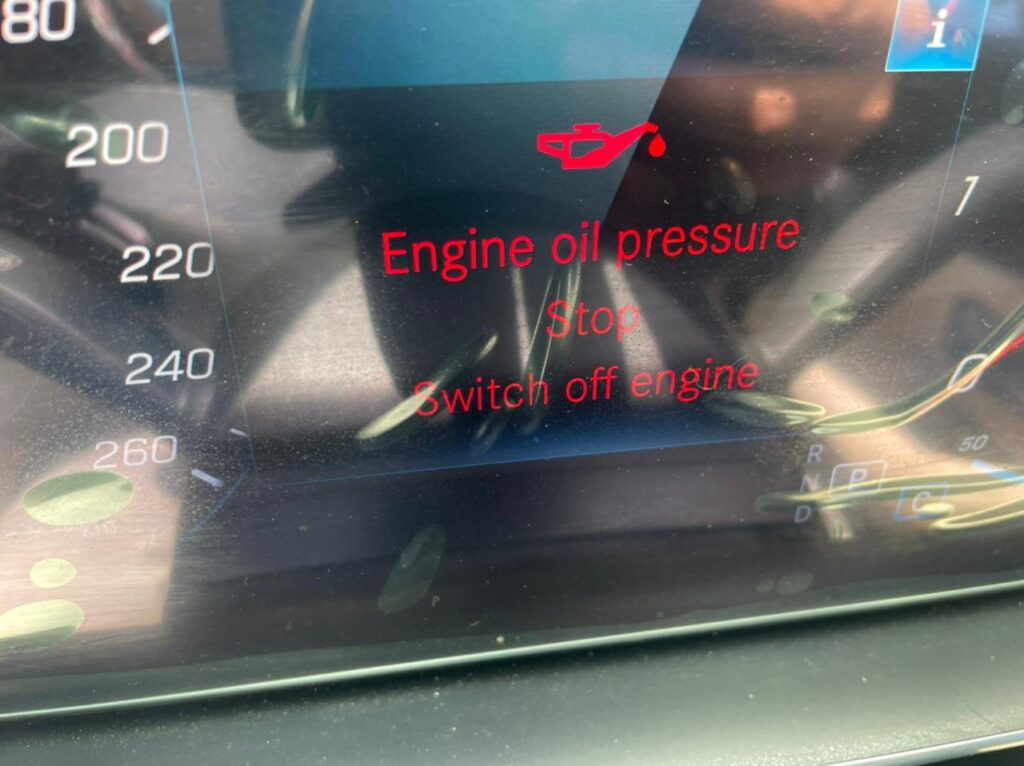
After the intervention of a qualified Mercedes-Benz technician, the source of the problem was identified as an occasionally stuck Y130 Mercedes oil pressure regulator valve. This malfunction can cause fluctuations in oil pressure, jeopardizing adequate engine lubrication.
With precise expertise, the technician was able to effectively resolve this issue, ensuring the continuous proper functioning of the vehicle.
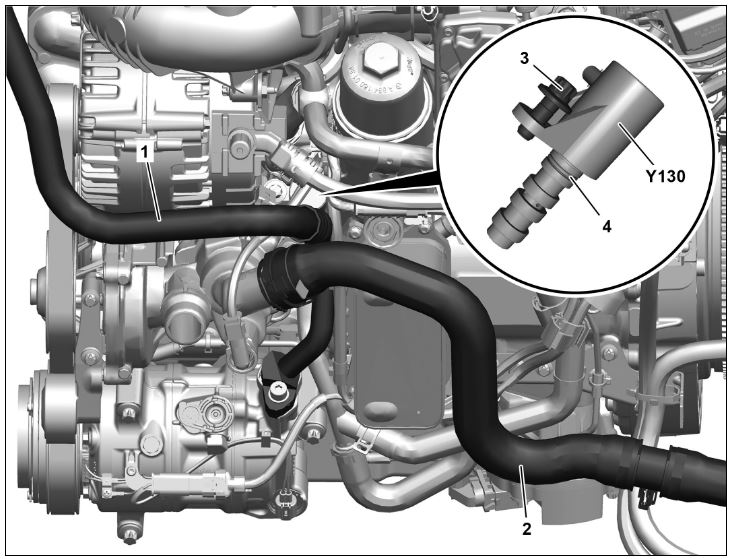
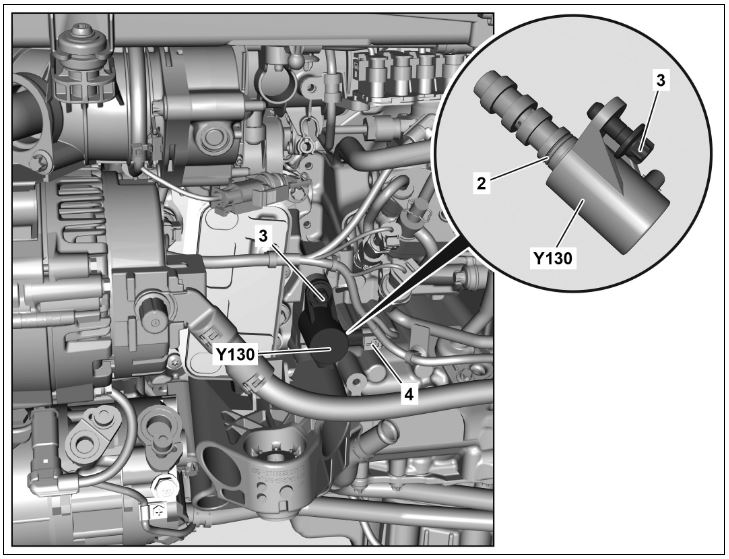
The replacement of the y130 mercedes oil pressure regulator valve depends on its part number. If the current part number is not compatible with the one recommended by the manufacturer, it is imperative to replace it.
An inadequate part number could compromise the proper functioning of the lubrication system and potentially affect the engine’s durability. Therefore, to ensure proper repair and compliance with the manufacturer’s standards, installing the recommended part number is essential.
This guarantees that the vehicle continues to benefit from optimal performance and long-term reliability.
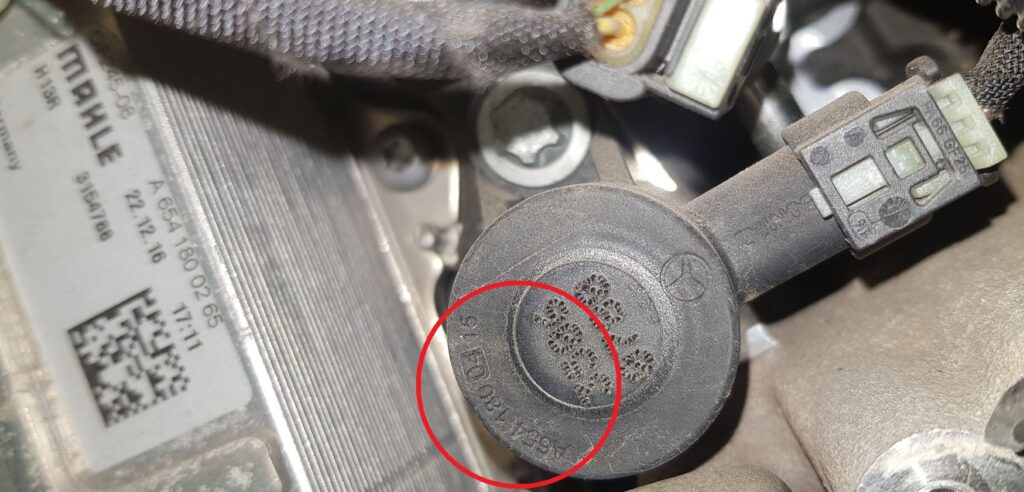
Conclusion
The Low Oil Pressure Stop Engine warning is a serious indication that something is amiss with your vehicle’s lubrication system.
By understanding the common causes such as insufficient oil levels, oil pump failure, clogged filters, and worn bearings you can take proactive steps to maintain your engine’s health and avoid costly repairs.
Regular maintenance, timely oil changes, and using the correct oil are key practices to ensure your engine runs smoothly and efficiently. If you encounter this warning, it is crucial to address it immediately to prevent severe engine damage.
How to check engine oil ?
Mercedes oil level check no dipstick
Required Conditions:
- The engine oil level is determined while the engine is running.
- The engine has reached its operating temperature.
- The vehicle is on a level surface during measurement.
- The engine hood is not open.
- Depending on the driving profile, the oil level display is only possible once the ignition is turned on and after a trip of a maximum of 30 minutes.
Steps to Check:
- Go to the on-board computer.
- Navigate to Maintenance.
- Select Engine Oil Level.
Indications:
- Correct Oil Level: The oil level display bar appears green on the screen and is located between the “min” and “max” markers.

Can I drive with low oil ?
Driving with low oil is not advisable and can lead to severe engine damage. Here are some key reasons why you should avoid driving with low oil:
1. Insufficient Lubrication
Oil is essential for lubricating the moving parts of the engine. Without enough oil, these parts can rub against each other, causing friction, overheating, and wear. This can lead to significant engine damage and costly repairs.
2. Increased Engine Wear
Low oil levels can cause accelerated wear and tear on engine components such as pistons, bearings, and camshafts. This can shorten the lifespan of your engine and lead to premature failure.
3. Overheating
Oil helps to dissipate heat from the engine. Without sufficient oil, the engine may overheat, which can warp metal components, blow head gaskets, and cause other severe issues.
4. Risk of Engine Seizure
In extreme cases, running an engine with very low oil can cause it to seize. This means the engine parts can lock up, potentially leading to complete engine failure, which is often irreparable and requires engine replacement.
5. Voided Warranties
Driving with low oil can void warranties on newer vehicles. Manufacturers require proper maintenance, including maintaining adequate oil levels, to keep the warranty valid.
Immediate Steps if Oil Level is Low:
- Stop the Vehicle: If the oil warning light comes on or you suspect low oil, stop the vehicle as soon as it is safe to do so.
- Check Oil Level: Use the dipstick (if available) or the on-board computer to check the oil level.
- Add Oil: If the oil level is low, add the correct type of oil recommended by the manufacturer. Refer to the owner’s manual for guidance.
- Seek Professional Help: If the oil level drops rapidly or the warning light persists, seek professional assistance. There might be a leak or another underlying issue that needs to be addressed.
While it might be tempting to continue driving with low oil, the risks far outweigh any convenience. Always ensure your vehicle has sufficient oil to maintain engine health and avoid potentially catastrophic damage. Regular oil checks and maintenance are crucial for the longevity and performance of your vehicle.

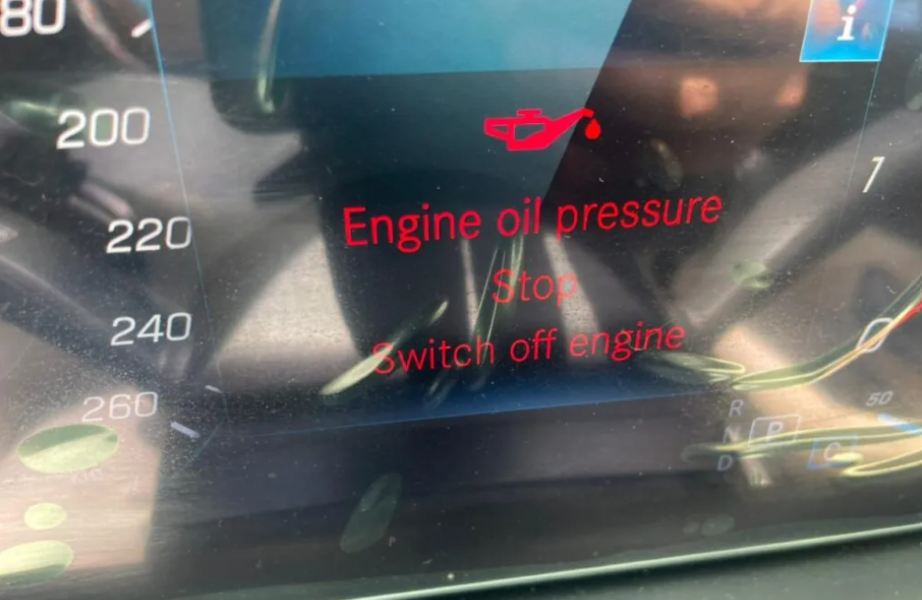




Leave a Reply